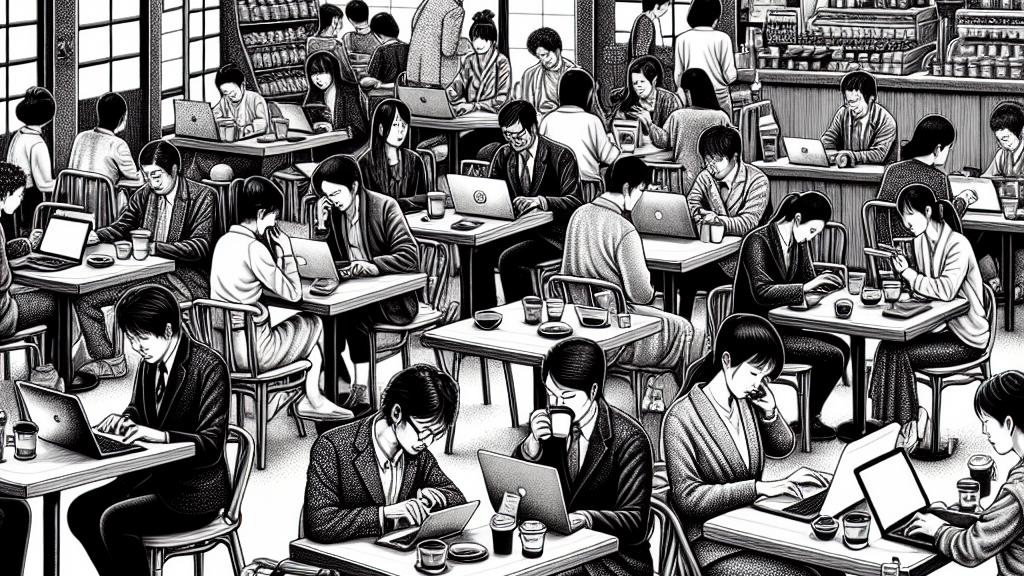The Silent Suffering of Cafes: The Long Stay Problem Caused by Cafe Workers
Overview
- A surge in cafe workers leads to prolonged stays with minimal purchases, leaving cafe owners overwhelmed.
- As venues cope with reduced customer turnover, effective space management is crucial amidst soaring operational costs.
- Innovative solutions include articulating clear house rules and reshaping the environment to accommodate diverse customer needs.

The Rise of Cafe Workers in Japan
In Japan, the trend of 'cafe work' has skyrocketed, particularly in the wake of the COVID-19 pandemic. It's now commonplace for establishments to find that a staggering 80% of their clientele are sitting with laptops, engrossed in work for hours, sometimes paying for just one cup of coffee. For instance, a customer might occupy a cozy corner for an astonishing ten hours, all while nursing a $4 drink. This scenario can breed frustration among cafe owners, who are left grappling with the challenge of maintaining a comfortable turnover rate. While such cafes may appear to be the perfect alternative for individuals seeking an inspiring, communal workplace outside of their homes, the realities reveal a much more complex struggle for operators trying to balance the needs of all patrons.
Impact on Cafe Operations
The consequences of these long stays ripple through cafe operations, presenting serious challenges for business sustainability. In response, many cafe owners are forced to implement various strategies to address this pervasive issue. For instance, some cafes are contemplating introducing time limits for table usage or enforcing minimum spending rules to foster a more balanced experience. A clever solution might include a 'buy a drink, stay for an hour' policy, encouraging additional purchases from those comfortably ensconced at their tables. Moreover, the ongoing increase in ingredient costs only compounds these difficulties, making profitability a delicate balancing act. It's not uncommon for patrons to grapple with guilt over their extended visits; therefore, enticing them to order extra items, like scrumptious desserts, becomes an essential tactic for owners striving to boost their bottom line. This intricate dance between fostering a welcoming atmosphere and maintaining safe operational viability is fast becoming the defining challenge for contemporary cafe management.
Solutions for the Long Stay Problem
To effectively tackle the challenges posed by prolonged stays, cafes are increasingly looking at a plethora of innovative solutions designed to benefit both customers and business owners alike. One impactful approach involves establishing clear communication regarding house rules and what customers can expect during their visits. For example, friendly reminders about time constraints could be positioned at various points in the cafe or even addressed directly by staff. Additionally, altering seating arrangements—think about integrating less comfortable seating options or high-top tables—may unconsciously dissuade long stays, while still maintaining a relaxed vibe. Equally important is direct engagement from staff who can inquire about patrons’ workspace needs, ensuring a seamless experience tailored to the customer’s journey. Furthermore, offering incentives such as free coffee refills or creating dedicated 'work zones' can foster a more collaborative and flexible ambiance. By embracing these dynamic methods to navigate the 'long stay' predicament, cafes can craft a captivating customer experience while ensuring their businesses remain profitable and vibrant.

Loading...